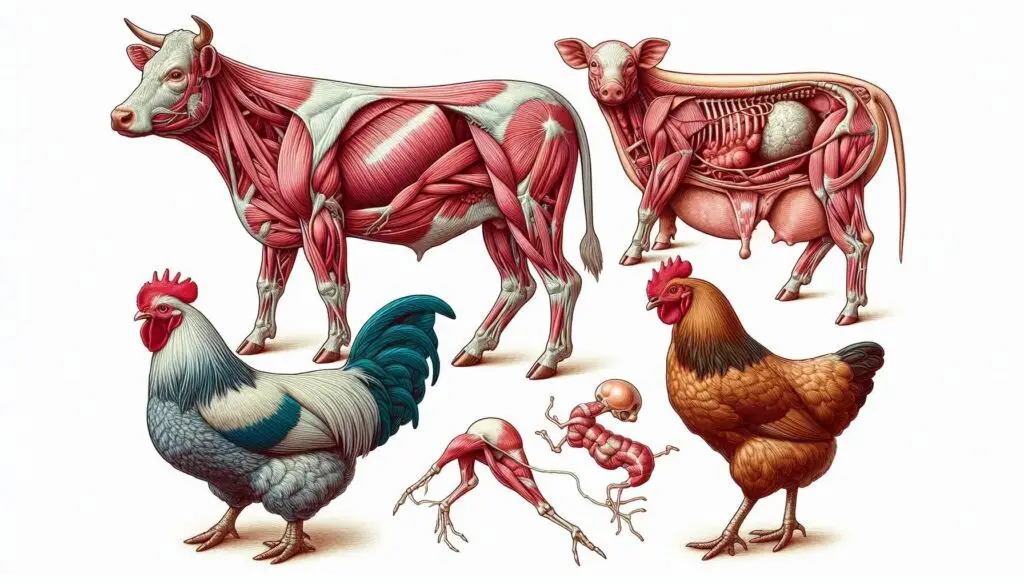Toxicity due to insecticides, plants, metals, non-metals, zootoxins and mycotoxins

Introduction
Animal toxicity is a pressing issue that affects wildlife and livestock alike. Various substances, including insecticides, heavy metals, and mycotoxins, pose significant risks. Understanding these toxicants and their effects can help mitigate health risks in animals.
Insecticides and Their Impact
Insecticides are chemicals designed to kill pests. However, they can also harm non-target animals. Common types include:
- Organophosphates: These inhibit acetylcholinesterase, leading to neurological issues.
- Carbamates: Similar to organophosphates, they disrupt nerve function.
- Pyrethroids: These affect the nervous system, causing tremors and seizures.
Mechanisms of Action
Insecticides can lead to oxidative stress and disrupt normal cellular processes. For instance, they may cause:
- Neurotoxicity: Symptoms include paralysis and death.
- Reproductive Issues: Some insecticides can affect fertility and development.
Heavy Metals: A Hidden Danger
Heavy metals such as lead, mercury, and cadmium are prevalent in the environment. They can accumulate in animal tissues and cause severe health problems.
Sources of Heavy Metal Contamination
- Industrial Waste: Factories often release heavy metals into the environment.
- Agricultural Runoff: Pesticides and fertilizers can introduce metals into soil and water.
Effects on Animal Health
Heavy metals can cause:
- Neurological Damage: Lead exposure can impair brain function.
- Kidney Dysfunction: Cadmium is particularly harmful to renal health.
- Reproductive Failures: Mercury can lead to birth defects and infertility.
Mycotoxins: Fungal Threats
Mycotoxins are toxic compounds produced by molds. They often contaminate food supplies and can have devastating effects on animal health.
Common Mycotoxins
- Aflatoxins: Found in grains, they can cause liver damage.
- Ochratoxin A: This affects kidney function and immune response.
- Fumonisins: Linked to equine leukoencephalomalacia, a fatal brain disease in horses.
Impact on Animals
Animals consuming contaminated feed may experience:
- Acute Toxicity: Sudden exposure can lead to severe illness or death.
- Chronic Health Issues: Long-term exposure can result in growth retardation and immune suppression.
Combined Effects of Toxicants
The interaction between different toxicants can amplify their effects. For example, the combination of heavy metals and pesticides can lead to increased toxicity. Studies show that simultaneous exposure can cause greater harm than exposure to each toxicant alone.
Prevention and Mitigation Strategies
To protect animals from toxicity, several strategies can be implemented:
- Regular Monitoring: Testing soil and feed for contaminants can help identify risks.
- Proper Disposal of Waste: Industrial and agricultural waste should be managed to prevent contamination.
- Education and Training: Farmers and livestock handlers should be educated about the risks of toxicants.
Conclusion
Animal toxicity due to insecticides, heavy metals, and mycotoxins is a significant concern. Understanding the sources, mechanisms, and effects of these toxicants is crucial for protecting animal health. By implementing preventive measures, we can reduce the impact of these harmful substances on wildlife and livestock.
For more pearls of Vets Wisdom:
https://wiseias.com/partitioning-of-food-energy-within-animals/






Responses